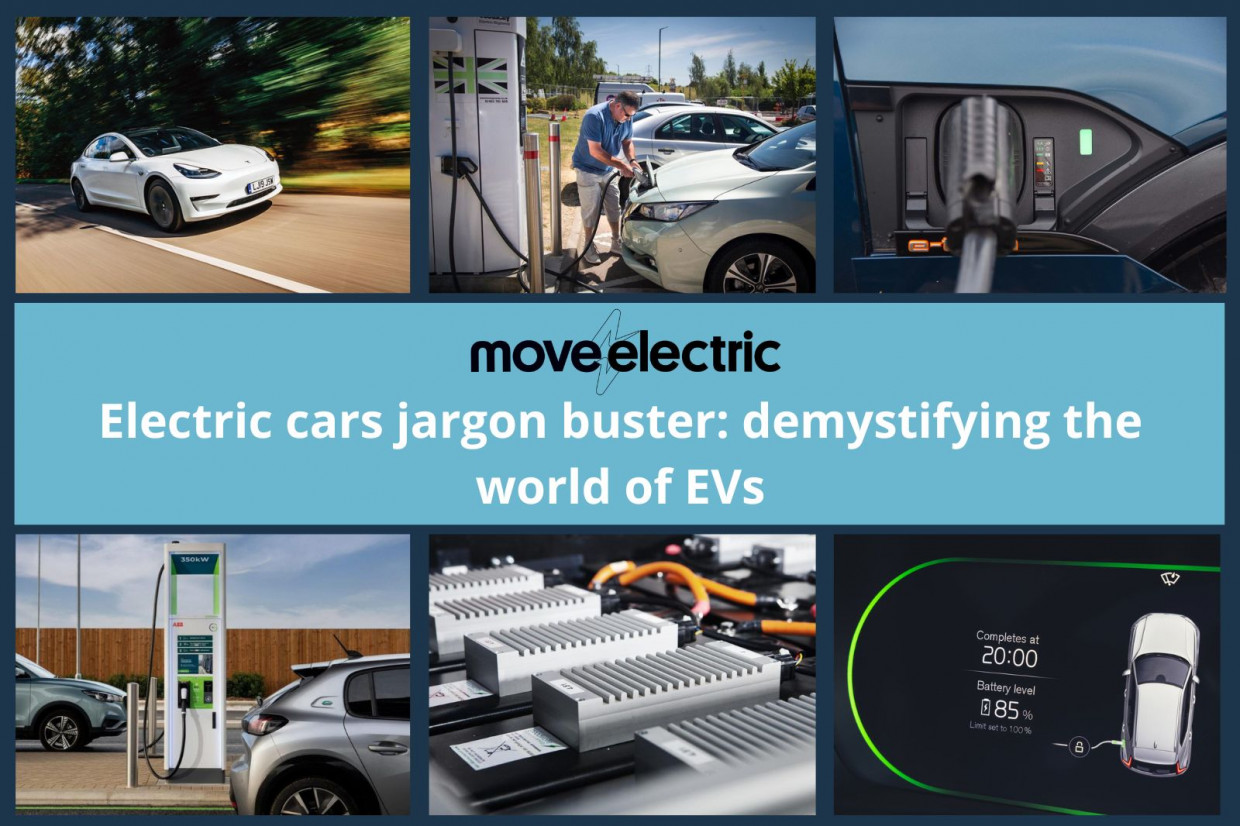
Know your EV from your PHEV? Or your Type 1 charger from your Type 2?
Electric cars might be the future, but they also bring with them a whole new vocabulary to bamboozle you.
Below we explain all the important terms you need to know to help you embrace the exciting future of electric vehicles.
What kind of low emission car am I looking at?
EV
In the most simple terms an EV is just an electric vehicle. But it can get confusing - some people insist it is only used to refer to a fully electrified vehicle, while others are happy to use it for a plug-in hybrid too. And then there’s the need to consider if it covers a hydrogen-powered car as well as a battery-powered one. So let’s dig deeper...
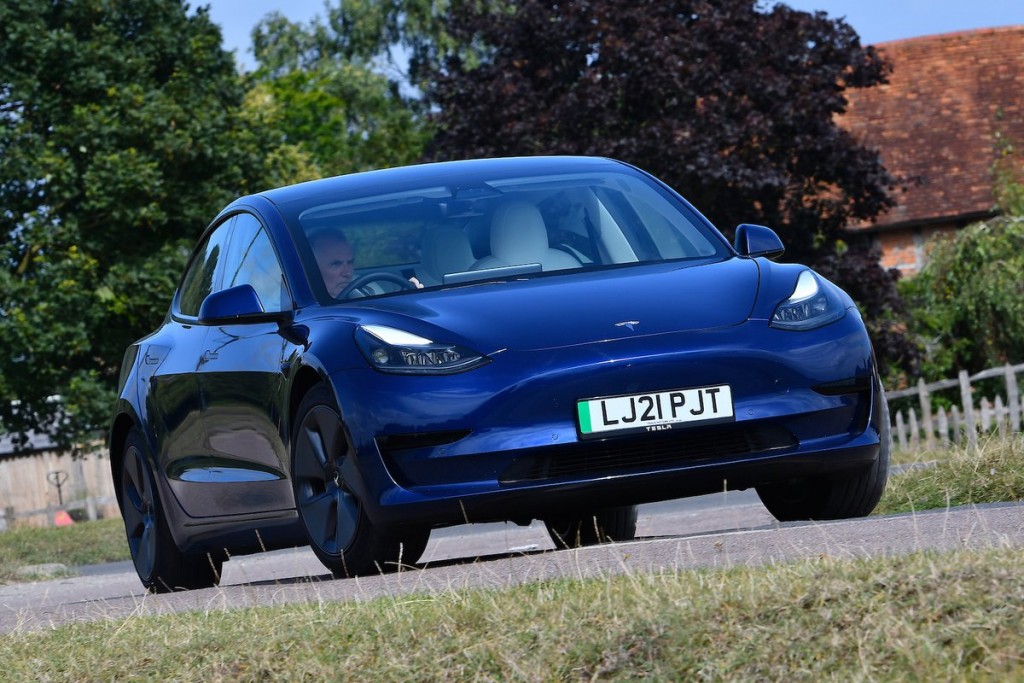
BEV
For most, the EV acronym does enough of the hard work, but BEV (pronounced B-E-V, not Bev like the lady who lives two doors down) stands for Battery Electric Vehicle. It refers to cars that run purely on electricity derived from an on-board battery.
BEVs can be charged off the mains at home using a three-pin plug if you have a lot of time on your hands. The vast majority of BEV owners install a dedicated, faster charging point at home, however, or make use of public charging devices, which can vary from pretty slow to incredibly fast in charge speeds.
HEV
HEV refers to Hybrid Electric Vehicle. These are cars which combine either petrol or diesel engines with an electric motor to power the vehicle.
The Toyota Prius is the standard-bearer for HEVs, although far from the only car in this market. They use small amounts of electrical assistance to produce a more fuel-efficient package and improve miles per gallon and reduce carbon emissions.
As well as topping up via the engine, the battery is charged via regenerative braking.
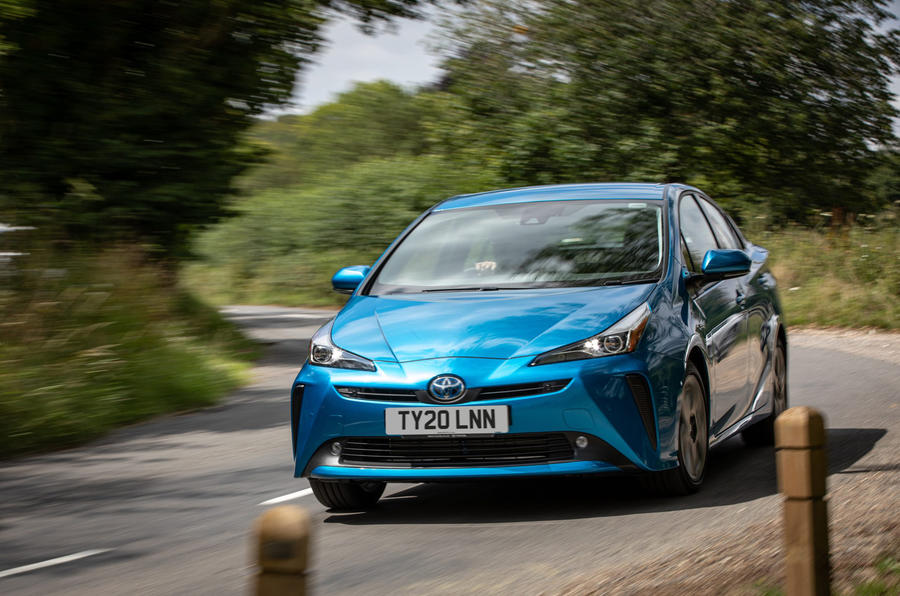
PHEV
Plug-in Hybrid Electric Vehicles (PHEVs) have large rechargeable batteries that typically give at least 15 miles of pure electric range before the engine kicks in, and upwards of 80 miles of all-electric charge on the very latest models.
They are seen as a stepping stone between internal combustion engined (ICE) cars and BEVs, as they offer a piece of both worlds (although, critics argue, an imperfect slice of both).
MHEV
Mild Hybrid Electric Vehicles use tiny batteries to boost engine performance fractionally. They cannot be driven using the electric motor independently but they do make the car that bit more fuel efficient. The majority of new cars being launched now use at least a mild hybrid system.

ULEV
Typically used by tax collectors and Congestion Charge zones, the Ultra Low-Emissions Vehicle (ULEV) moniker refers to cars which have official tailpipe carbon dioxide emissions of less than 75g/km.
REx
Range Extended (REx) electric vehicles use an electric motor as their main means of propulsion, but have a small petrol engine to help generate electricity when the battery is depleted.
For some time the BMW i3 has been the best-selling model using the tech, but there are increasingly interesting rivals on the horizon.
Think of it as a PHEV with the emphasis on battery power over combustion engine power and you’ll get the idea.
Time for a physics lesson: know you electrical terminology
Watts
The measure of power output. In the car world it tends to be superseded by kW, such are the number of watts being pumped around.
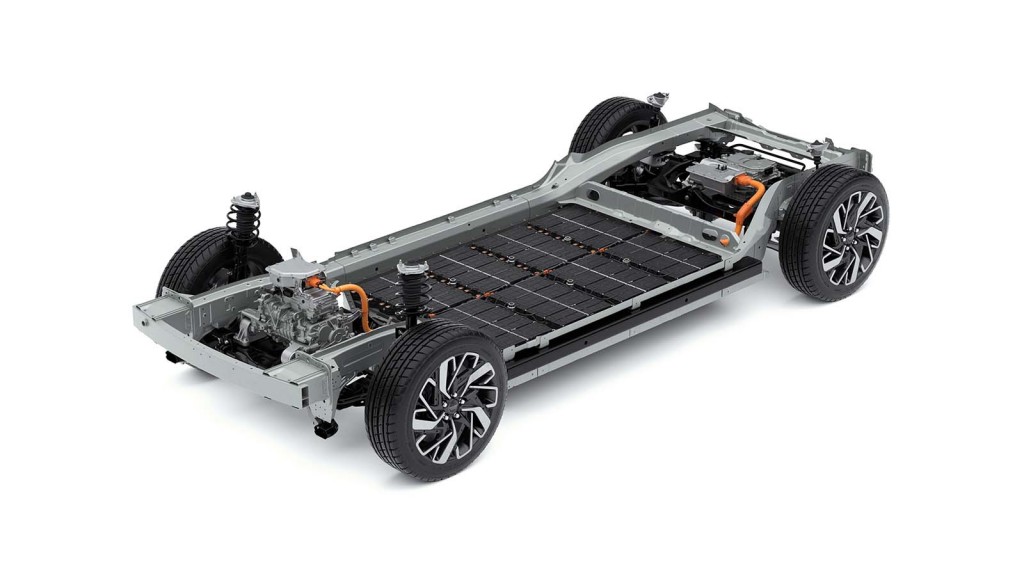
kW
1000 watts make a single kilowatt. Electric car chargers are rated by the number of kW they will put into a car in an hour (so a 7kW charger will be slower than a 100kW one, for instance).
kWh
Kilowatt hours, which measure work over time. A kWh is the amount of energy a 1000-watt object uses in an hour. kWh is a useful measurement for comparing the performance and efficiency of EVs like for like.
mpkWh
Oof. This one’s hard to say but easier to bend the brain round. Miles per kilowatt hour enables EV drivers to work out ‘energy’ economy as if it were ‘fuel’ economy, again giving a great basis for comparison between different models.
AC and DC
AC refers to alternating current, whereby a current can flow in different directions. DC means direct current, where the electricity in a cable or wire only moves in one direction.
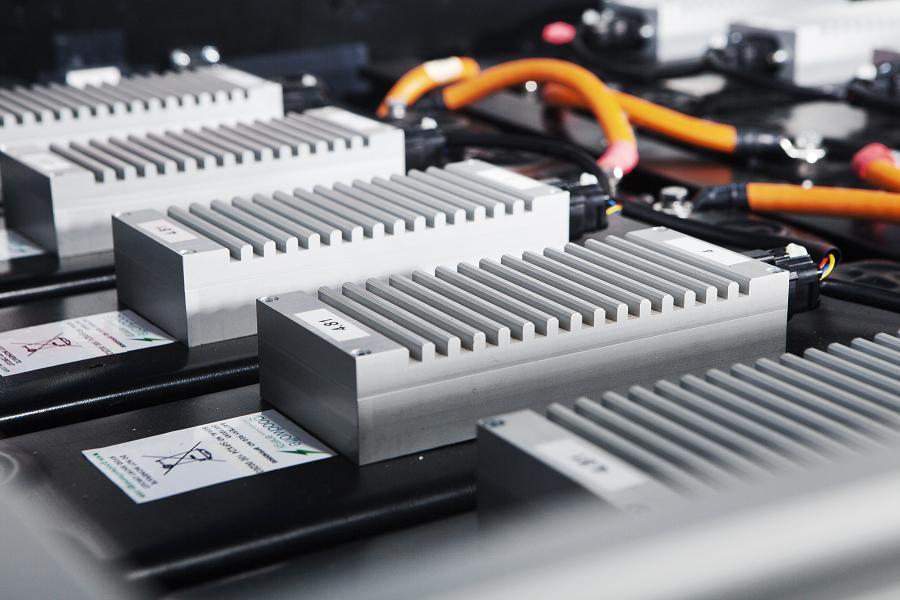
Lithium ion
If you’re reading this on a phone or laptop, chances are your battery is made using this. Because of its efficiency, strong high temperature performance and high power-to-weight ratio, lithium ion batteries are perfect for EVs and is used in most electric cars today.
Connector types for EV charging
Type 1
The Type 1 socket is a five-pin plug with a clip. It’s popular in the US and among some Japanese manufacturers, but is slowly losing favour.

Type 2
Europe’s favourite. Type 2 chargers have a seven-pin plug with one flat edge and lock into charging devices for better safety and efficiency.

Combined Charging system (CCS)
This is the standard EU connector. It combines a Type 2 AC connector, which has three pins, with a two pin DC connector.

CHAdeMO
Typically used for rapid charging devices. Easier to plug in than it is to pronounce, thankfully.

UK three-pin socket
An everyday domestic plug can be used as a connector to charge your EV. But… they charge rate is glacially slow and the safety compared to a dedicated charger can ve compromised. Best used for trickle charges and top ups where no alternative exists.
Charging speeds explained
Slow charger
Typically a domestic three-pin plug or a dedicated home charging device. Such devices only have a small output up to 3.6kW. 12+ hour charging times should be expected from empty - and, be warned, on the slowest chargers that time could be quadrupled.
Fast chargers
Fast chargers are typically found in home, public and workplace locations, with power outputs varying from 7-22kW. A full charge using a fast charging point will take around 4-12 hours, depending on the power of the unit and how much charge your car can accept.
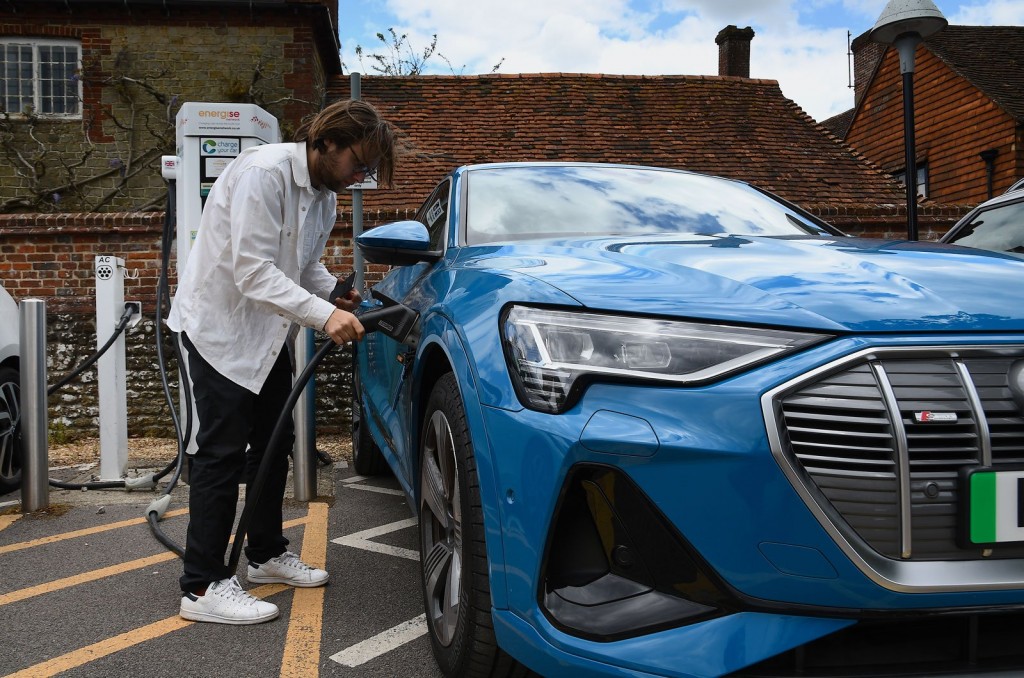
Rapid chargers
Rapid charging points usually have their own cable and plug which attaches to your car, with charge times from around the two hour mark. These are common on or near motorways and are useful when you need to charge up on a long journey. AC rapid chargers have a 43kW output, whereas DC rapid chargers have an output of 50kW.
Ultra-rapid chargers
Ultra-rapid charging devices are, you guessed it, ultra-rapid and can have outputs of 100kW, 150kW, 250kW and even 350kW. Such charging points are relatively new to the public network so relatively rare - and even then you have to check your EV can accept such high charging speeds. Use one of these ultra-rapid machines though and you can replenish an EV’s battery with significant range in 20-40 minutes.
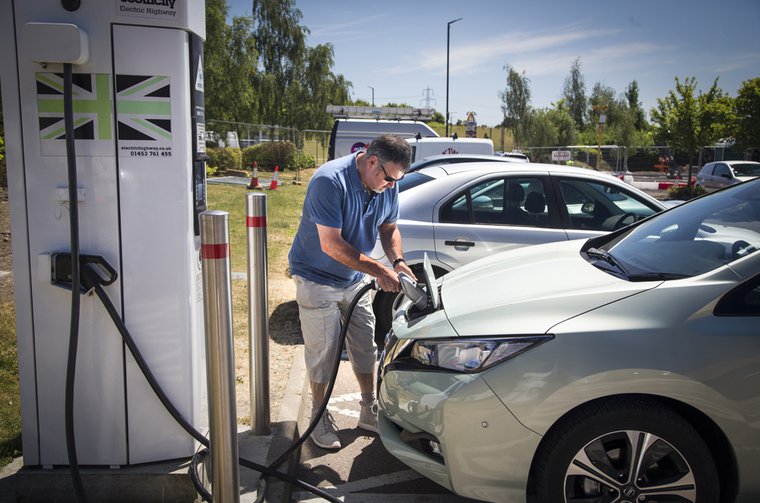
Vehicle-to-grid
This ultra-smart technology effectively allows you to plug your car into the grid, and for it to either charge up when electricity is plentiful and low-priced, or return power into the grid when demand is high. Not all electric cars or homes are capable of it, but more and more are. Such clever energy management might not qualify you as the next Wolf on Wall Street, but it could net you a tidy income just for plugging your car in.
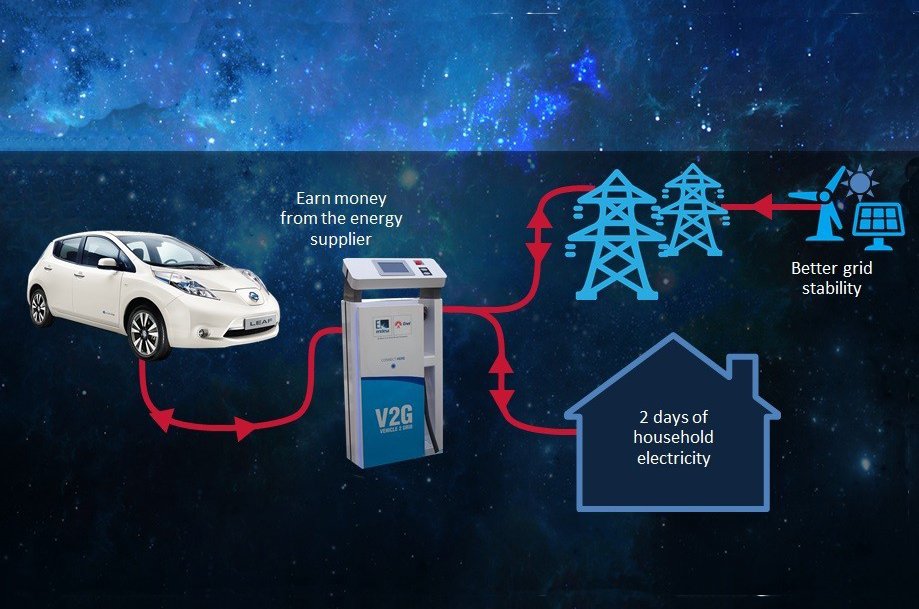
EV range measures and efficiency
Manufacturer official claimed range
Prior to a car going on sale, manufacturers submit official ranges for their vehicles based on prescribed conditions. However, while this is useful for comparing capabilities of different cars, these conditions are rarely perfectly reflected in the real world.
As a rule of thumb you should expect to take 10-20% off the official range, with factors such as driving style and temperature making a huge difference.
To help EV buyers get a more accurate indication of range, car-buying experts What Car? created its Real Range test.
NEDC
Before the introduction of the WLTP (see below), new cars underwent the New European Driving Cycle, which was used to test new car engines' fuel economy and emissions output. The NEDC test was replaced for being too optimistic and typically provides more generous range figures for EVs.
WLTP
Deep breath: WLTP stands for the Worldwide Harmonised Light Vehicles Test Procedure, a rigorous emissions and efficiency test, which has effectively replaced the NEDC test. Its purpose is to discover how far a car can go in the real world with one tank of fuel or one full charge, as well as looking at how much energy or fuel a new car uses. There’s also a big focus on emissions - not that tailpipe-free BEVs have to worry about that.
Warning! Incoming bill possible!
ULEZ
Alongside the London Congestion Charge Zone (CCZ) the capital now has an Ultra Low Emission Zone. As a rule of thumb, if you hear the word zone it often means you owe someone money - the ULEZ is no exception.

If you have a petrol car which does not meet Euro 4 standards or a diesel car which does not meet Euro 6 standards then you will have to pay a fee for entering the zone, which is in operation 24 hours a day, seven days a week. Registered electric cars are free, however.
London’s ULEZ expanded recently to cover all areas within the North and South Circular roads. It is also worth noting that Birmingham as well as Glasgow have similar zones, and more cities are expected to jump on the bandwagon as the Government pushes to meet its net zero targets.
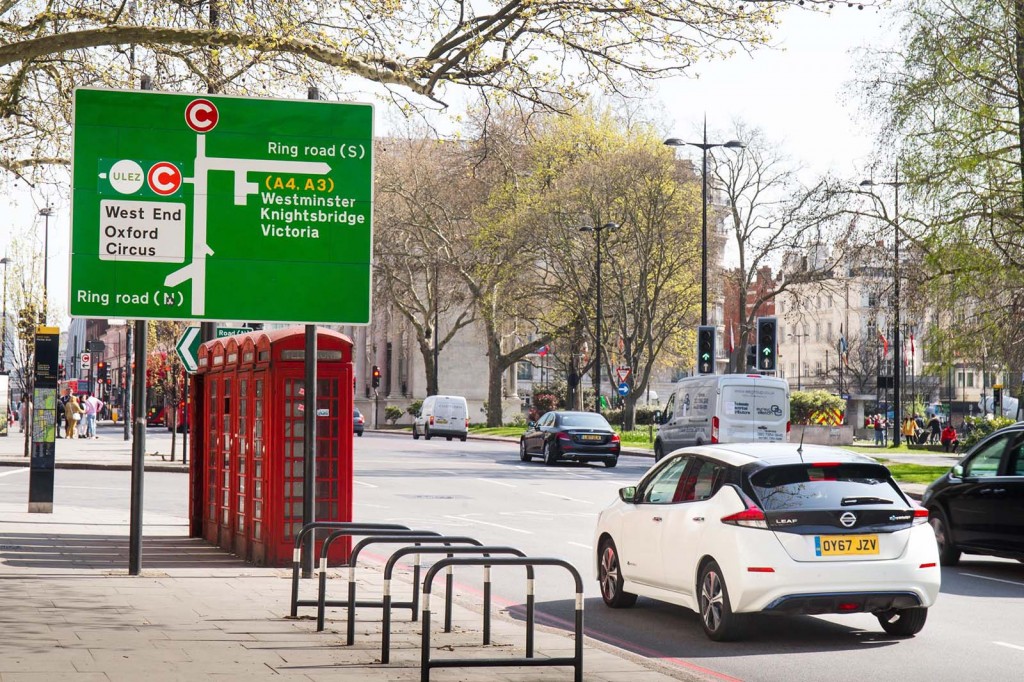
OLEV
No this isn’t an Overpriced Levitating Electric Vehicle. As fun - and expensive - as that sounds, this actually stands for the Office for Low-Emission Vehicles, which is the department in charge of looking after Ultra Low-Emission Vehicles. Shame, as our version sounds much more fun.
Some important extras
Range
How far your car will go depends on how much energy you have in your battery. More energy in the battery means more range.
.jpg)
Range anxiety
Uh-oh. This is the technical term for the sweat-inducing fear that EV drivers get when they are running low on charge when driving an electric car. It’s become less of an issue as the charging network has grown and charging speeds improved, but the current rise in the uptake of EVs has - reasonably - led to calls for an even faster rollout of more chargers.
Regenerative braking
When energy created through braking is harnessed and then used to charge the batteries while on the move. Modern electric cars are fitted with this feature, with many allowing the driver to set the effectiveness of the regenerative brakes. In some cars the force of regenerative braking, instigated just by lifting off the accelerator is so strong that you rarely need to hit the actual brakes.
READ MORE
e-CARS
e-BIKES
e-MOTORBIKES
Seat Mo 125 electric scooter review
e-SCOOTERS
Exclusive: E-scooter CO2 saving
e-WORLD

